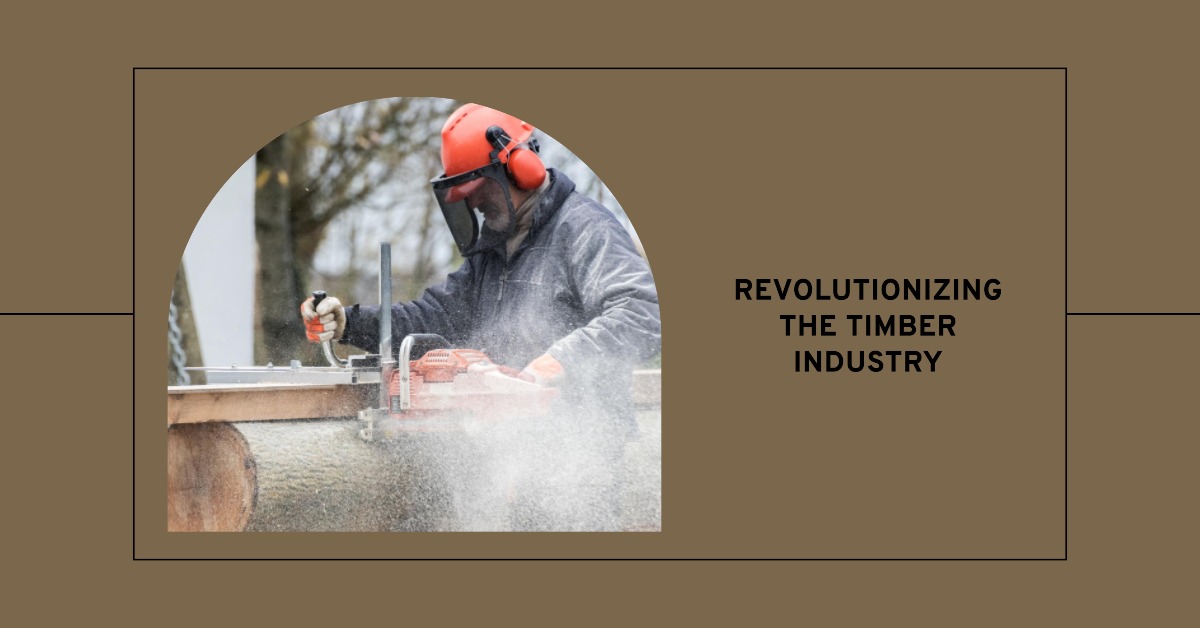Timber, one of the world's oldest building materials, is undergoing a remarkable transformation, thanks to cutting-edge innovations and technology. In an era where sustainability and efficiency are paramount, the timber industry is embracing change. This article explores the exciting innovations and technologies that are shaping the future of timber, from advanced construction methods to sustainable sourcing practices.
1. Engineered Wood Products
Engineered wood products are at the forefront of timber innovation. These products, such as laminated veneer lumber (LVL) and cross-laminated timber (CLT), offer exceptional strength and stability. Their precision manufacturing allows for more efficient use of timber resources, reducing waste and environmental impact. In construction, engineered wood products are revolutionizing how buildings are designed and built, with towering skyscrapers now utilizing timber as a primary structural material.
2. Mass Timber Construction
Mass timber construction, a groundbreaking approach to building with wood, is gaining traction worldwide. It involves using large solid wood panels for walls, floors, and roofs, offering a greener alternative to traditional concrete and steel. Tall timber buildings are becoming increasingly common, thanks to advanced fire-resistant coatings and construction techniques. This trend not only reduces carbon emissions but also enhances the aesthetic appeal of urban landscapes.
3. Digital Design and Prefabrication
In the digital age, timber construction is benefiting from advanced design software and prefabrication. Architects and engineers can now optimize designs for precision, minimizing waste and ensuring a perfect fit during assembly. Prefabricated timber components are manufactured with incredible accuracy, allowing for faster on-site construction. This approach not only accelerates project timelines but also reduces labor costs.
4. Sustainable Sourcing
Sustainability is a top priority in the timber industry. Responsible sourcing practices, including certified forestry and reforestation initiatives, ensure a constant supply of timber while protecting forests. Emerging technologies like drones and satellite imagery help monitor and manage forests efficiently, preventing illegal logging and deforestation.
5. Timber Preservation and Durability
Innovations in timber preservation and protection are extending the lifespan of timber products. Advanced treatments and coatings make timber more resilient to pests, fungi, and weathering. This increased durability not only reduces maintenance costs but also promotes a circular economy, as timber products can be reused or repurposed for longer periods.
6. Smart Timber Buildings
Timber buildings are becoming smarter, thanks to the integration of sensors and automation. These smart timber structures are more energy-efficient and provide a higher level of comfort. They can adjust lighting, heating, and cooling systems based on occupancy and external conditions, minimizing energy consumption and reducing carbon footprints.
7. Timber in the Circular Economy
As the world shifts toward circular economies, timber is a natural fit. Timber's biodegradable properties make it ideal for recycling and repurposing. Innovations are emerging in timber recycling and upcycling, allowing old timber products to be transformed into new, innovative materials, reducing waste and conserving resources.
Conclusion
The future of timber is exciting and sustainable, and this evolution in the world of wood is not just for architects and builders; it's also a must-know for woodworkers. With innovations such as engineered wood products, mass timber construction, digital design, and sustainable sourcing, the timber industry is contributing to a greener, more efficient, and technologically advanced world.
For woodworkers, this new era of timber presents both opportunities and inspirations. Engineered wood products like cross-laminated timber (CLT) offer woodworkers new possibilities for crafting durable, beautiful pieces, and the rise of mass timber construction means a growing demand for custom, high-quality woodwork within these structures.
Additionally, understanding digital design and prefabrication techniques can empower woodworkers to create intricate, precisely tailored pieces that fit seamlessly into modern timber-built spaces.
Moreover, in an age where sustainability is paramount, having timber knowledge about responsible sourcing, preservation, and circular economy practices is crucial for woodworkers. It allows them to make environmentally conscious choices in their craft, reducing waste and contributing to the longevity of timber resources.
In sum, the evolving world of timber isn't just shaping the buildings around us; it's also reshaping the opportunities for woodworkers. Embracing these innovations ensures that timber remains a cornerstone of the building industry and a vital resource for woodworkers, providing them with the tools and inspiration to craft both artistry and functionality from this timeless material.





Comments